Recently, Khanh Hoa province has issued a policy that all students in public schools in the province must wear the same uniform of blue pants or skirts and white shirts. The regulation also notes that schools must not make their own uniforms, and must not include accessories such as ties or sleeves, collars, shoulder straps, etc. of different colors. In particular, schools must not organize services to sew or sell student clothes in any form.
This is supported by many parents across the country because it can help reduce the financial burden at the beginning of the school year. In addition, students can also wear each other's uniforms even though they study at different schools, thereby helping to save costs.
Too much pressure on school uniforms
Ms. Le Thu Ha, a parent in Hanoi , said that every school year, families have to spend a lot of money at the beginning of the year, including school uniforms. In just the first 3 years of junior high school, her daughter had to buy uniforms twice because the school changed to a new model.
“When the school changed principals and uniforms, parents were exhausted. Last year’s clothes were brand new, but it would be a waste to throw them away. Even if they were given away, no one would wear them because they had the school logo printed on them,” this parent shared.
Meanwhile, according to Ms. Ha, there are cases where students only get their shirts dirty, and parents want to buy more for their children, but keep the skirts for continued use. However, the school does not sell them separately, but has to buy the whole set, which is also very wasteful.
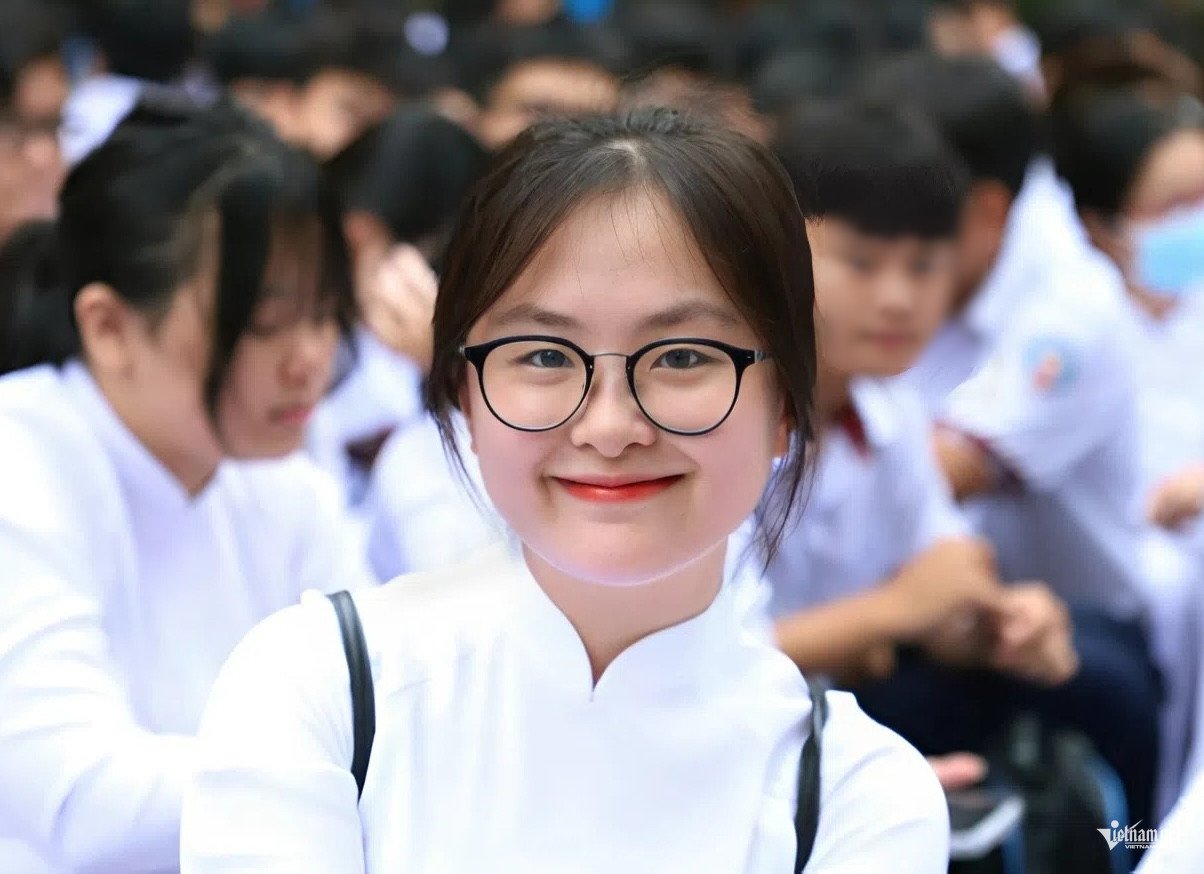
With a child just entering 6th grade, Ms. Nguyen Thu Thao (Hanoi) was also "dizzy" when receiving the list of uniforms for her child. The school required the purchase of 18 different uniforms, including: Summer sportswear (2 shirts, 1 pants), 2 summer short-sleeved sets, 2 long dress pants, 2 long sports pants, 1 long sweatpants, 1 vest, 1 white shirt, 2 long-sleeved sports shirts, 1 jacket and 1 hoodie. In total, the cost for the uniform alone is 3.6 million VND.
“The school does not announce the specific price of each set, but on average each set costs about 200,000 VND,” said Ms. Thao.
This parent said that at her child's school, students are required to wear uniforms all week, and even require uniforms for each day. For example, on Mondays, Wednesdays, and Fridays, students must wear shorts and short-sleeved shirts; on Tuesdays and Thursdays, they must wear polo shirts. On days when there is a PE class, students must change into sports uniforms.
“Currently, there are uniforms that you have never worn. You are still growing up, so the uniforms you buy this year may not be usable next year. But I still have to buy them because I am worried that you will have to wear all of them in the second semester.”
Even though she bought 18 uniforms, Ms. Thao still had to buy an extra pair of sports shorts because sometimes her child had two consecutive PE classes and the shorts didn't have time to be dry cleaned.
“There are too many problems with dividing uniforms into smaller categories like this. Uniforms are supposed to be simple and economical, but now they are too wasteful and become a huge expense,” said this parent.
Uniforms of a common design will be very economical.
Under pressure from having too many types of uniforms, both Ms. Ha and Ms. Thao wish to have a uniform that is common for the entire province, or even the entire country.
"Thus, old uniforms that are still in good condition can be given to students of the next grade or to children in disadvantaged areas. Parents with children in many levels of education will also have less worries because clean and beautiful clothes can still be reused and not wasted," Ms. Ha said.
In this case, according to the parents, the uniforms should be sold widely outside. Parents can buy them anywhere, as long as they are the right model as required. The school only sells the logo separately so that parents can attach it or remove it when giving away the uniform.
In response to Khanh Hoa province's policy, Mr. Nguyen Quoc Binh, Principal of Luong The Vinh Secondary and High School (Hanoi), also expressed his wish that the whole country would have the same uniform.
"Doing it in a synchronous manner like this will be beautiful and unified, and families with many children will also save some money," said Mr. Binh.
Having traveled to many places such as Japan, Singapore and Australia, Mr. Binh said that these countries all require students to wear uniforms to school, but only require certain designs and colors.
Mr. Binh believes that wearing uniforms to school will help students not feel inferior because of the distinction between rich and poor. If students dress freely when going to school, there will be a situation where rich families let their children dress in trendy fashion, while poor families let their children dress simply, thus, even in a classroom there will be a difference.
Even this does not prevent students from competing, forcing their parents to buy fashionable clothes to compete with their classmates.
“Wearing uniforms will make students feel more connected. However, I think the uniform material needs to be improved to suit the climate of each region, avoiding the situation where students buy uniforms but rarely wear them because they are stuffy, hot, and uncomfortable when participating in school activities,” said Mr. Binh.
Circular 26/2009/TT-BGDĐT of the Ministry of Education and Training stipulates the wearing of uniforms: "Uniforms must ensure aesthetics, be suitable for the gender and age of students and the cultural identity of the nation, characteristics of each locality, while ensuring stability and demonstrating the tradition of the school.
Uniforms also need to be suitable for weather conditions, convenient for studying, living at school and participating in other activities, ensuring savings, and suitable for the economic and social conditions of each locality and each school.
In case there is a need to change the uniform style or color, it must be approved by the School Board and the Parents' Representative Committee.
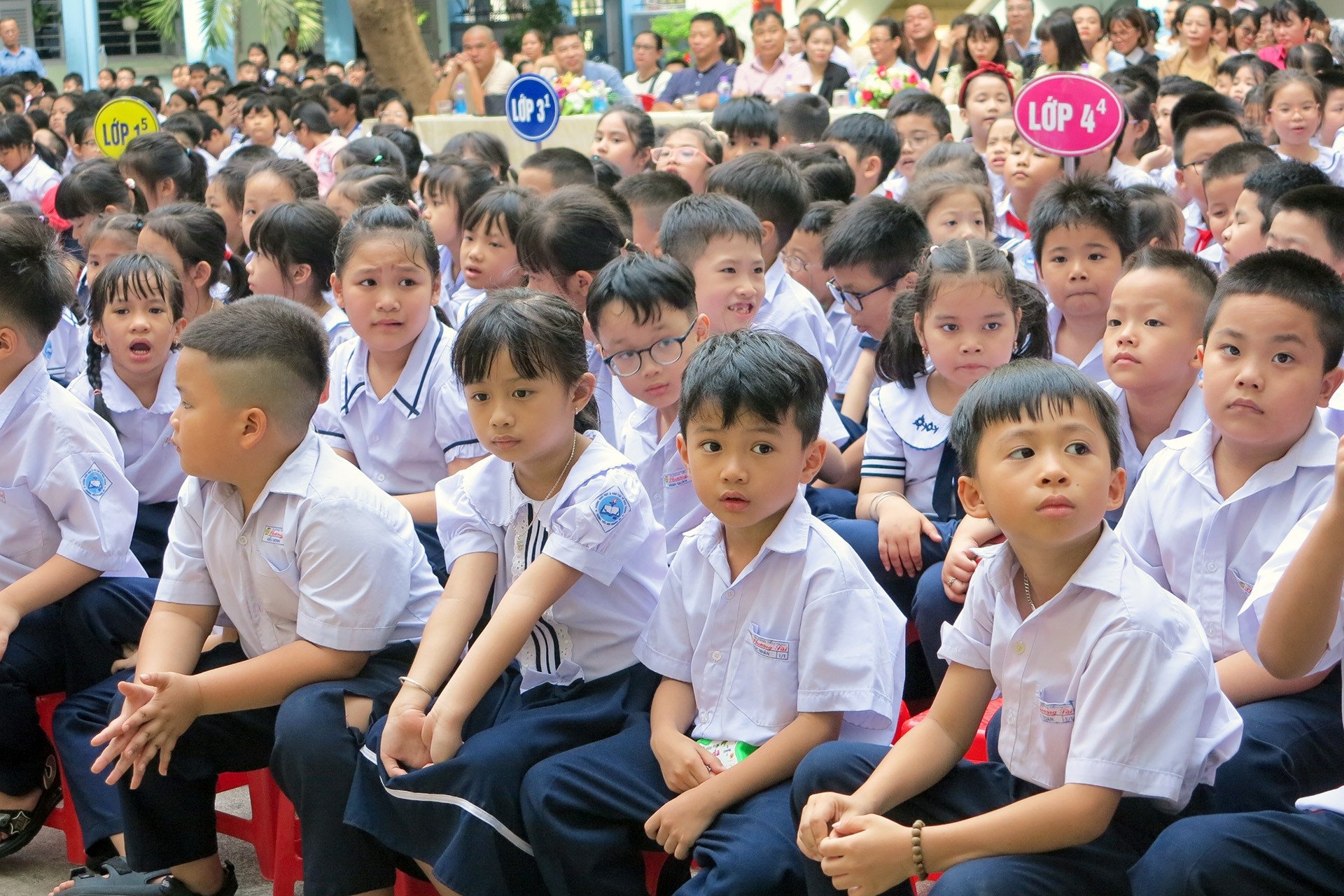
Source: https://vietnamnet.vn/tien-dong-phuc-dau-nam-hoc-len-toi-3-6-trieu-phu-huynh-uoc-chi-1-bo-1-mau-2432024.html




![[Photo] National Assembly Chairman Tran Thanh Man receives a business delegation from the Europe-ASEAN Business Council](/_next/image?url=https%3A%2F%2Fvphoto.vietnam.vn%2Fthumb%2F1200x675%2Fvietnam%2Fresource%2FIMAGE%2F2025%2F11%2F24%2F1763989198212_ndo_br_bnd-7394-jpg.webp&w=3840&q=75)
![[Photo] Prime Minister Pham Minh Chinh attends the patriotic emulation congress of the banking sector](/_next/image?url=https%3A%2F%2Fvphoto.vietnam.vn%2Fthumb%2F1200x675%2Fvietnam%2Fresource%2FIMAGE%2F2025%2F11%2F24%2F1763981997729_tt-nhnn-jpg.webp&w=3840&q=75)


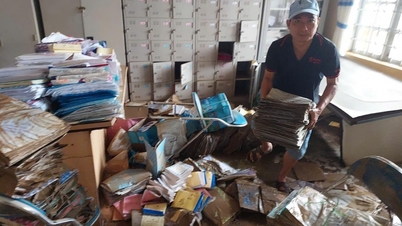

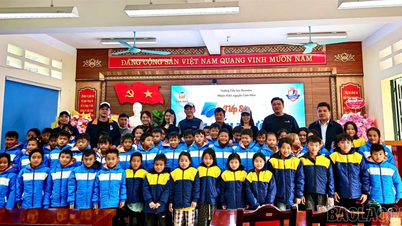

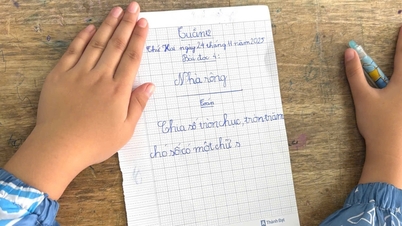


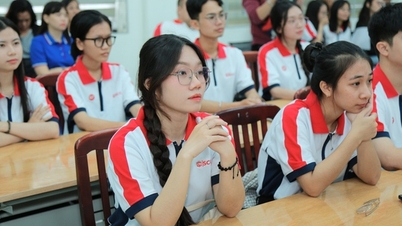





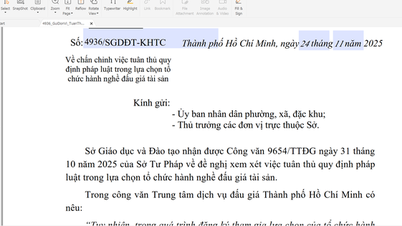
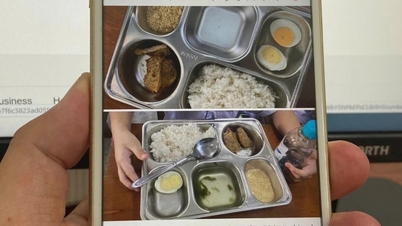
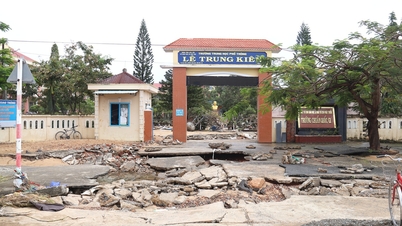
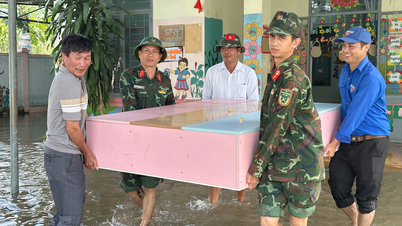

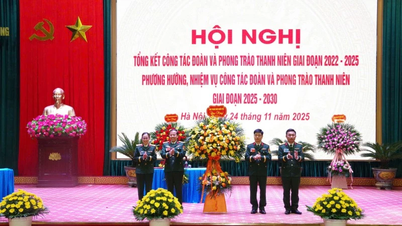




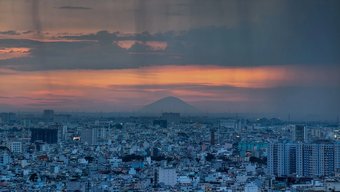



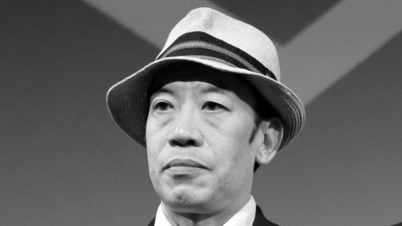
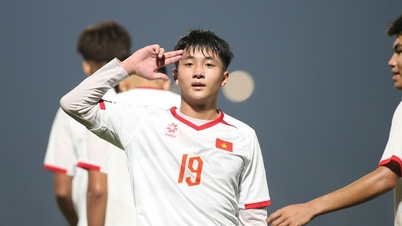
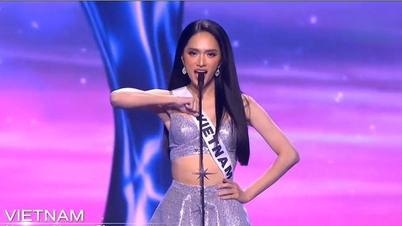

![[Photo] Next to the "mountain of trash" after the flood, Tuy Hoa residents strive to rebuild their lives](/_next/image?url=https%3A%2F%2Fvphoto.vietnam.vn%2Fthumb%2F1200x675%2Fvietnam%2Fresource%2FIMAGE%2F2025%2F11%2F24%2F1763951389752_image-1-jpg.webp&w=3840&q=75)



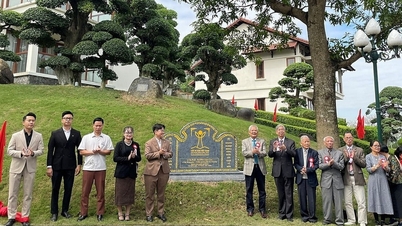

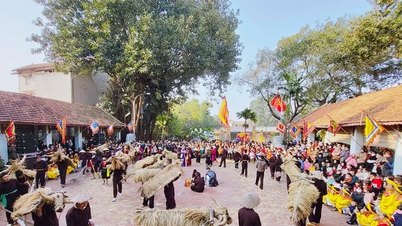

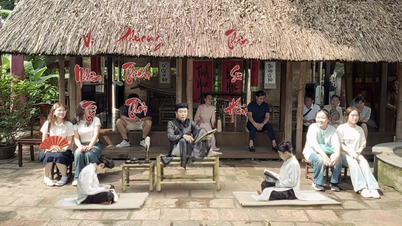

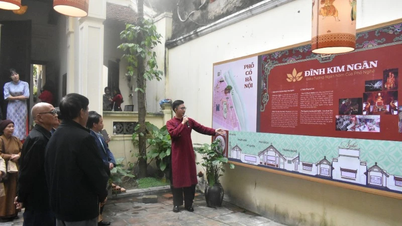
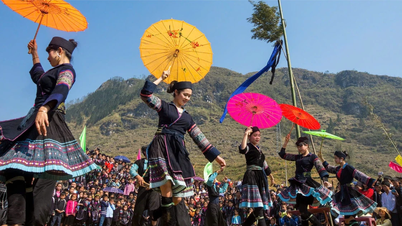




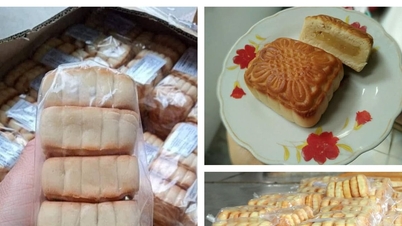
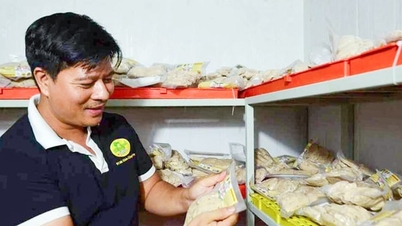



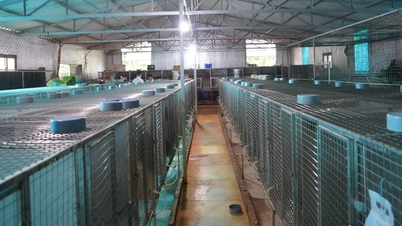





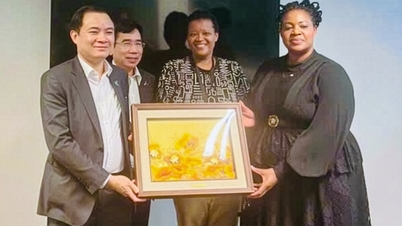



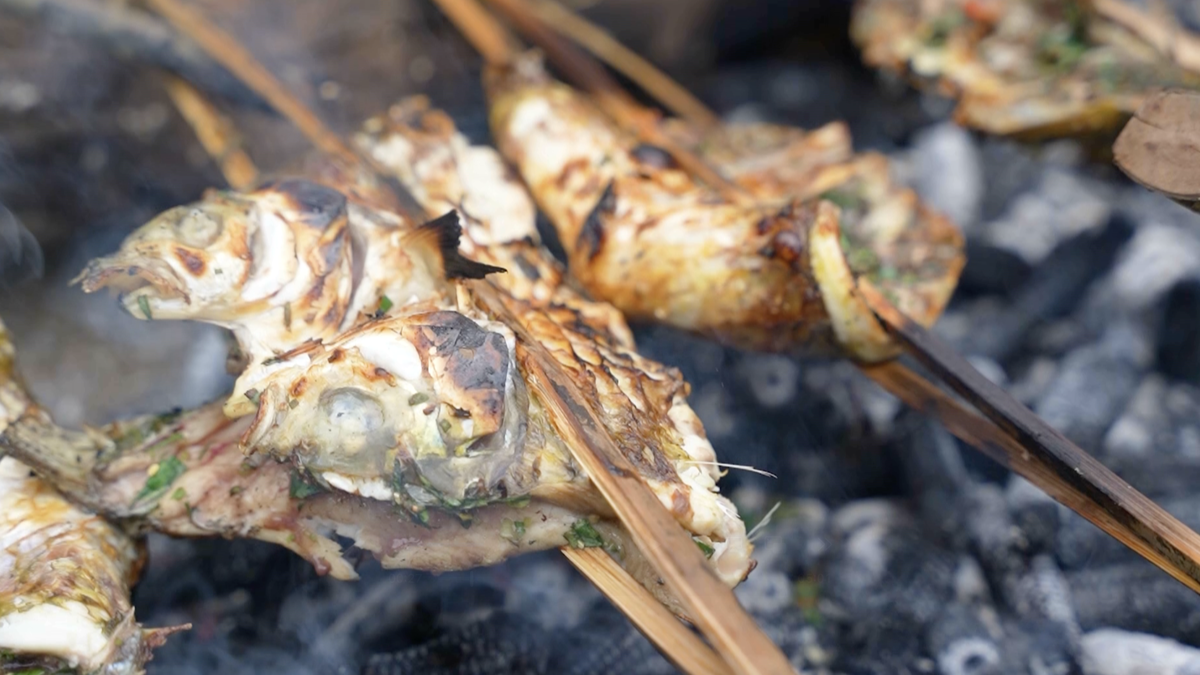
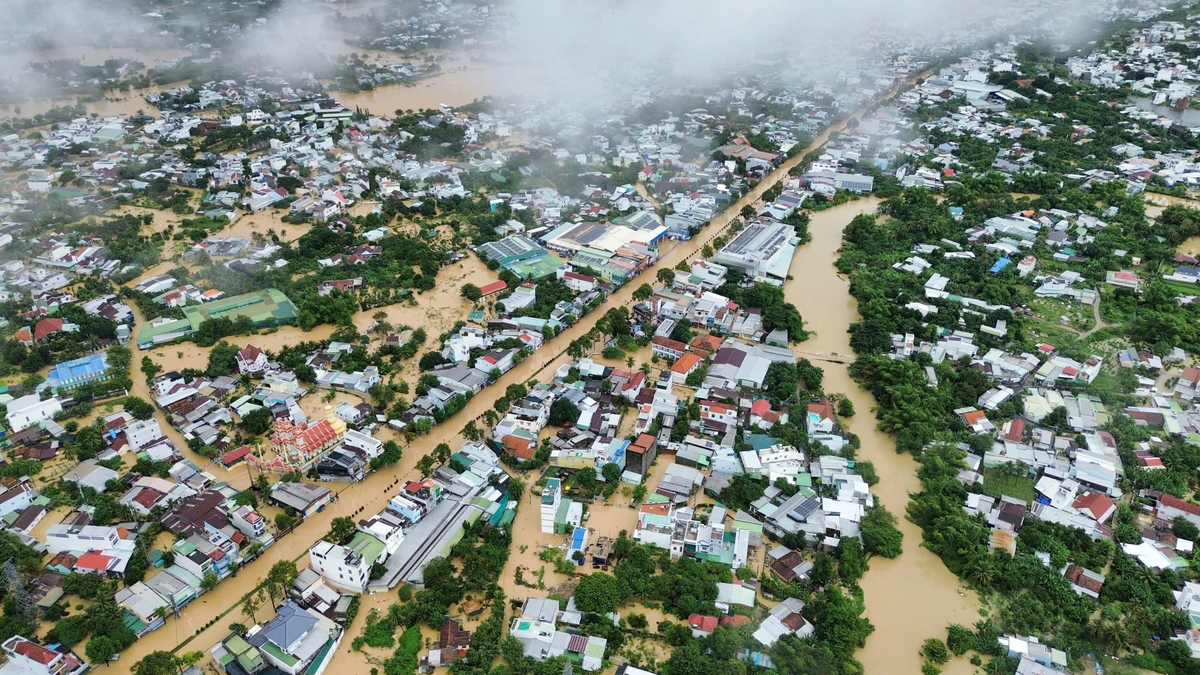
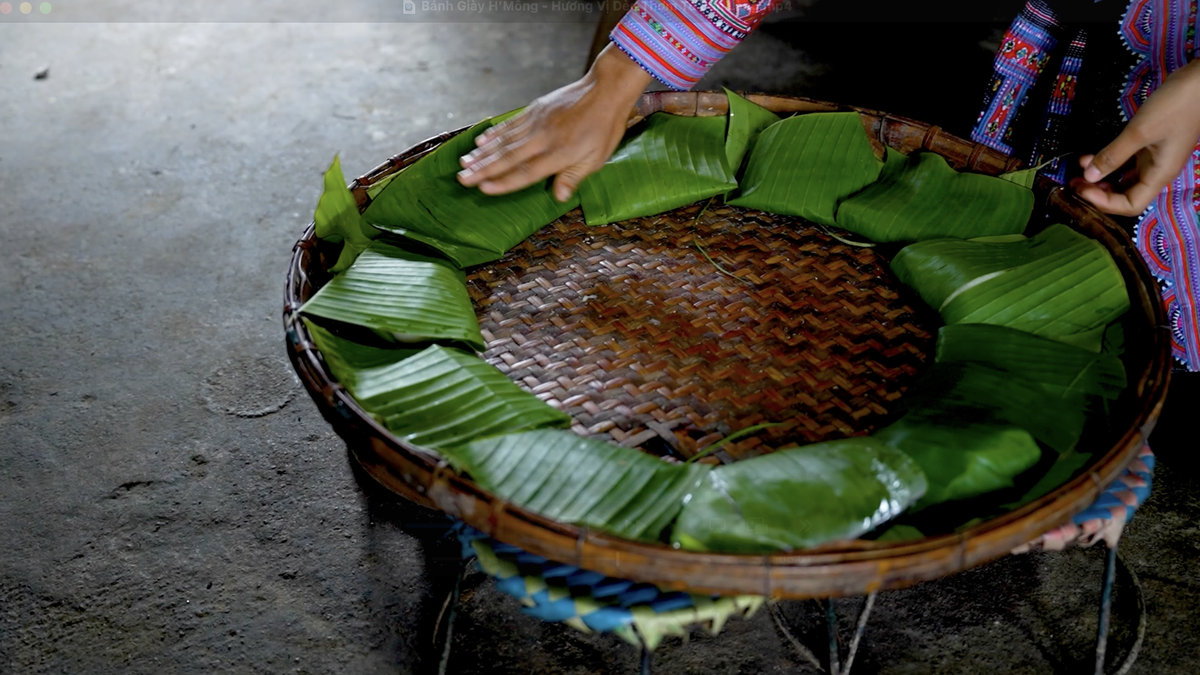
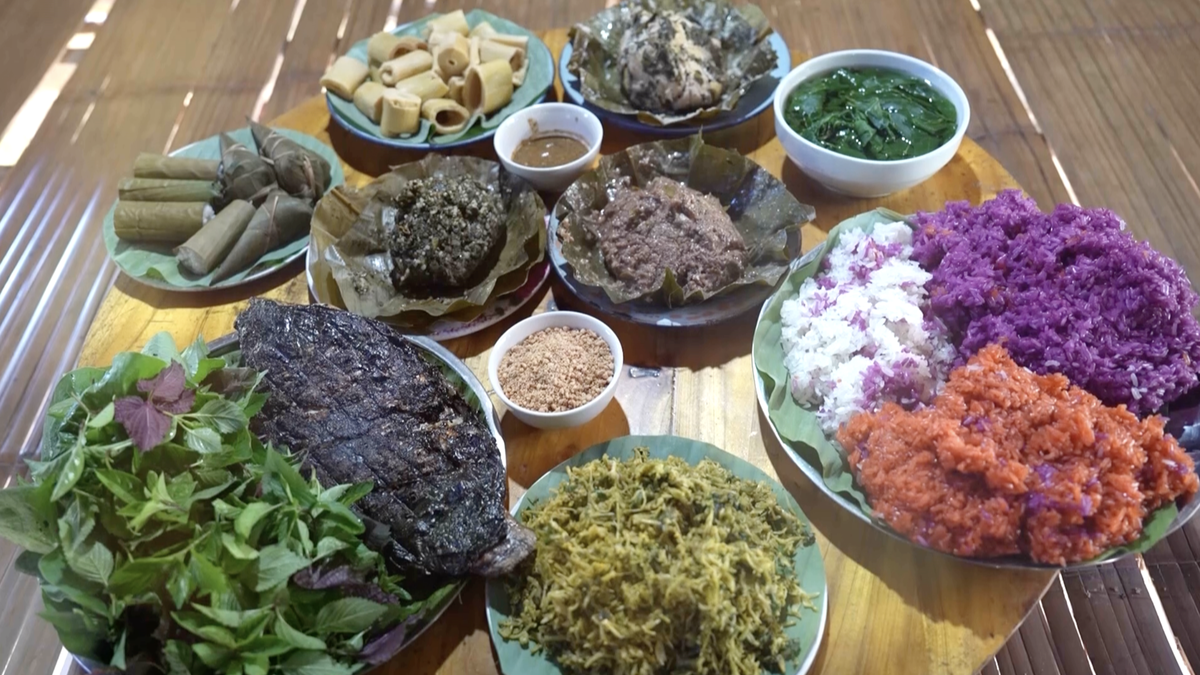
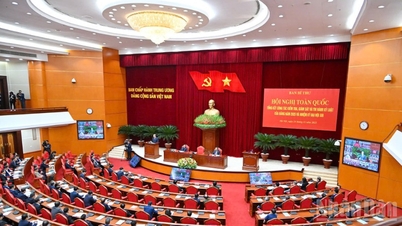

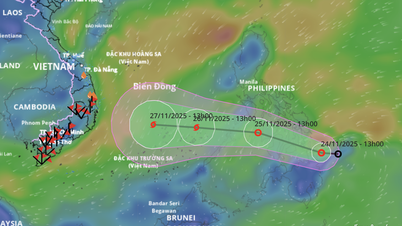


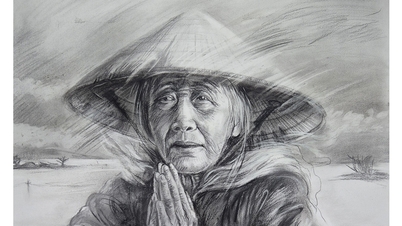
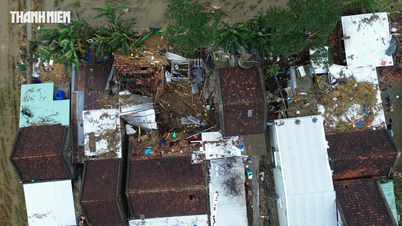
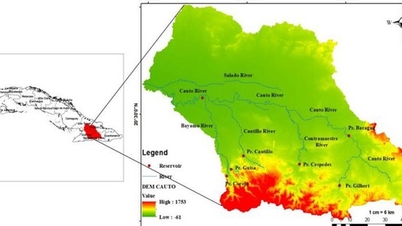





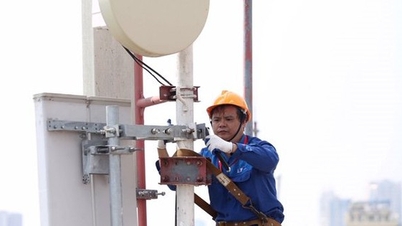
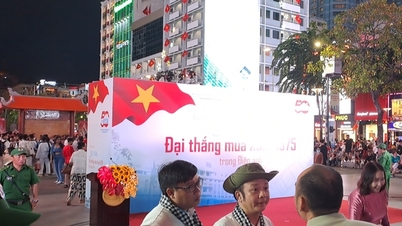

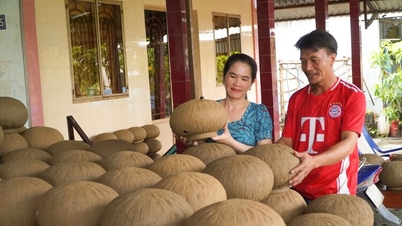

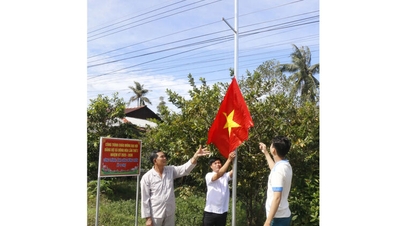







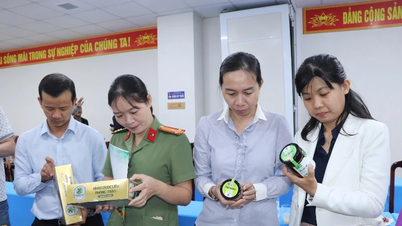
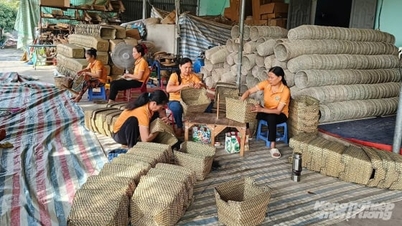

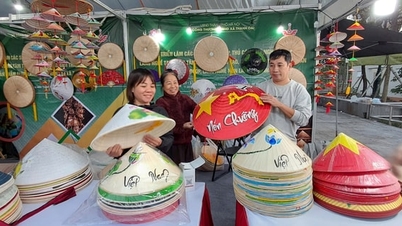
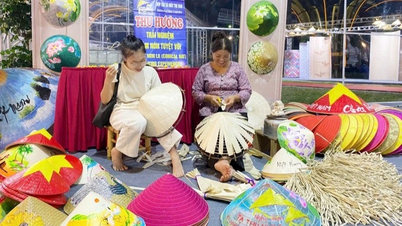




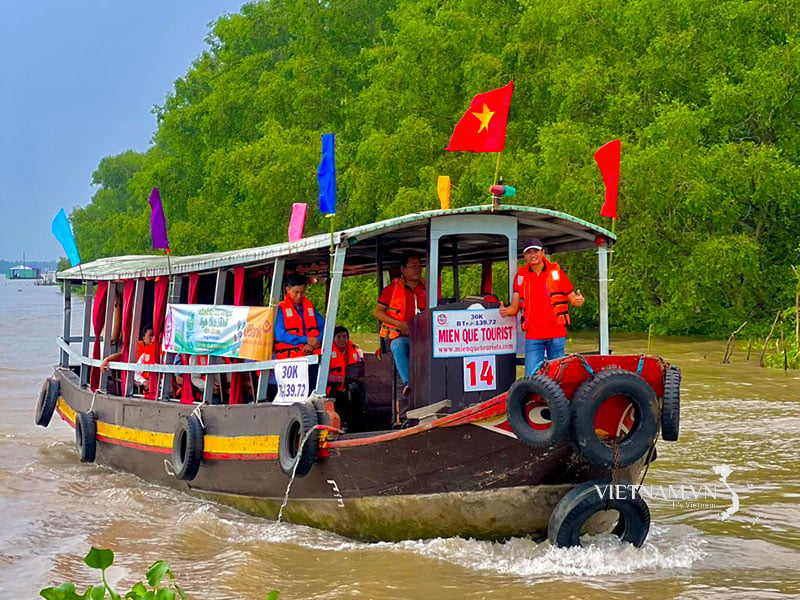
Comment (0)